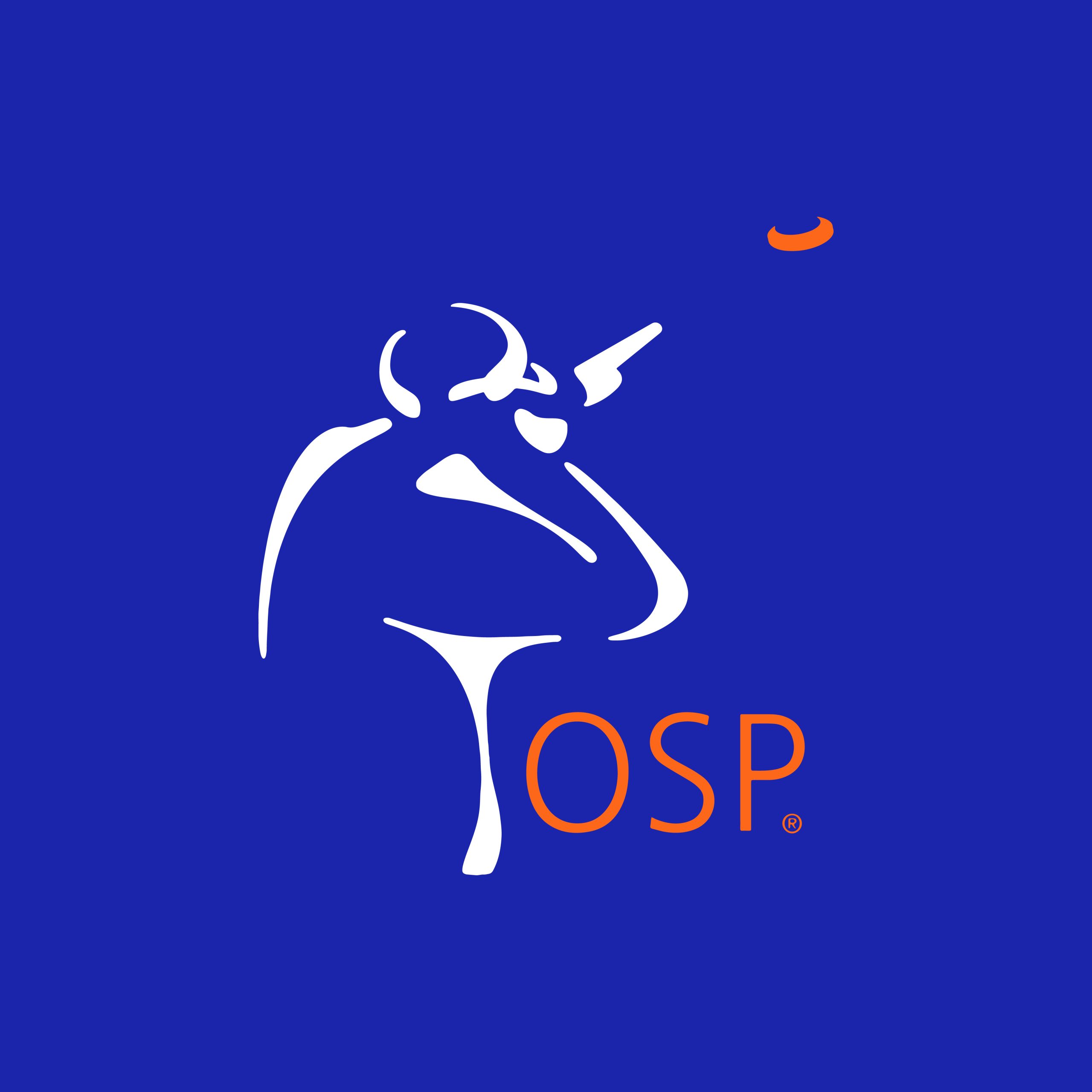Teaching in South Carolina
We’re on our way back from Live Oaks Sportsman’s Club in South Carolina.
During our last visit, we shot with the manager Steve Bolt, who listened to the introduction of the sight pictures and watched our animations and ShotKam shots on birds and clays. Steve was a one-eyed pull-away mounted gun shooter and rarely shot. But he became intrigued when we showed him the three-bullet drill and asked if we could help him shoot with two eyes. Well, you know the answer to that.
He shot with me for a day and could not believe how slow and big the targets were when he used two eyes and saw the bird behind the barrel when he mounted the gun. Man, there is someone in South Carolina teaching the kids (and some adults) to shoot only with a tightly mounted gun, swinging the gun with their body and having them “touch the bird and pull away.”
When Steve saw how to slow the bird down by moving at the same speed as the bird, he could not get enough. In fact, when we returned this past weekend, the first thing he told me was there was a stack of 11 flats of ammo in his garage that had been there for at least a year or two. And after learning the OSP system in the last two months, he had shot all of them up plus two more from the club inventory. He could not get enough. And shooting our system with two eyes had rekindled his excitement for shooting.
We worked with him on two targets, both slow right-to-left shots – one crosser and one incomer. And he began to break them on a much more consistent basis. His brain just did not understand the picture. It occurred to me that because the brain fills in so much in the scene that we’re not aware of when you shoot a target and it’s confusing, the brain is not clear about what it’s supposed to look like.
So I took two targets and stood under the breakpoint on the incomer. I put them on the ground six inches apart and had Steve look at the left one and mount the gun on the right one several times. And bingo, the brain understood what the picture was supposed to look like and he began to smoke it – over and over and over.
Once the brain understood what it was supposed to look like, it was easy. Again, this is why the preload being vivid is so important.
I had a father and son for two days and they were both looking down the barrel and trying not to see the gun. They were shooting Blaser F3 high-rib guns with the high rib stock and an adjustable cheekpiece, I told them the stock was too high, even though it was as low as it could go. They didn’t believe me until we began to shoot a right-to-left belly chandelle.
The son could not hit anything. He was over everything all morning. He would hit a target but could not do it more than once in a row. The problem was that his gun was shooting eight inches left and 18 inches high. The stock needed a lot of drop and more cast.
So on the right-to-left belly chandelle, I told him to hold well under the line and just in front. He hit 10 straight. The look on his face was priceless.
Both he and his father had guns that were too high at the stock and his father was better at floating the target. They’re now both looking for a low-rib stock for their high-rib guns so they can use the adjustment in the comb.
Many shooters do not know that their gun shoots high left (if right-handed) and high right (if left-handed). The manufacturers just keep making guns to trap dimensions with a drop of 1 ½ x 2, when most shooters need 1 ½ x 2 ½ and much thinner combs. Oh well.
We will be going back to Live Oaks in South Carolina since Steve Bolt really wants to continue his learning. He is switching all of his SCTP shooters away from the mounted gun pull away or swing through to OSP “let it come” technology. Vicki shot with three SCTP girls on Sunday and they all said it was so much easier than what they had first been taught by those in charge of the SCTP program.
In the near future, we will be looking into the brain filling in the picture. As we coach for the next two months, we will be using this technique and talking about our results here and on the Coaching Hour. Stay tuned.




